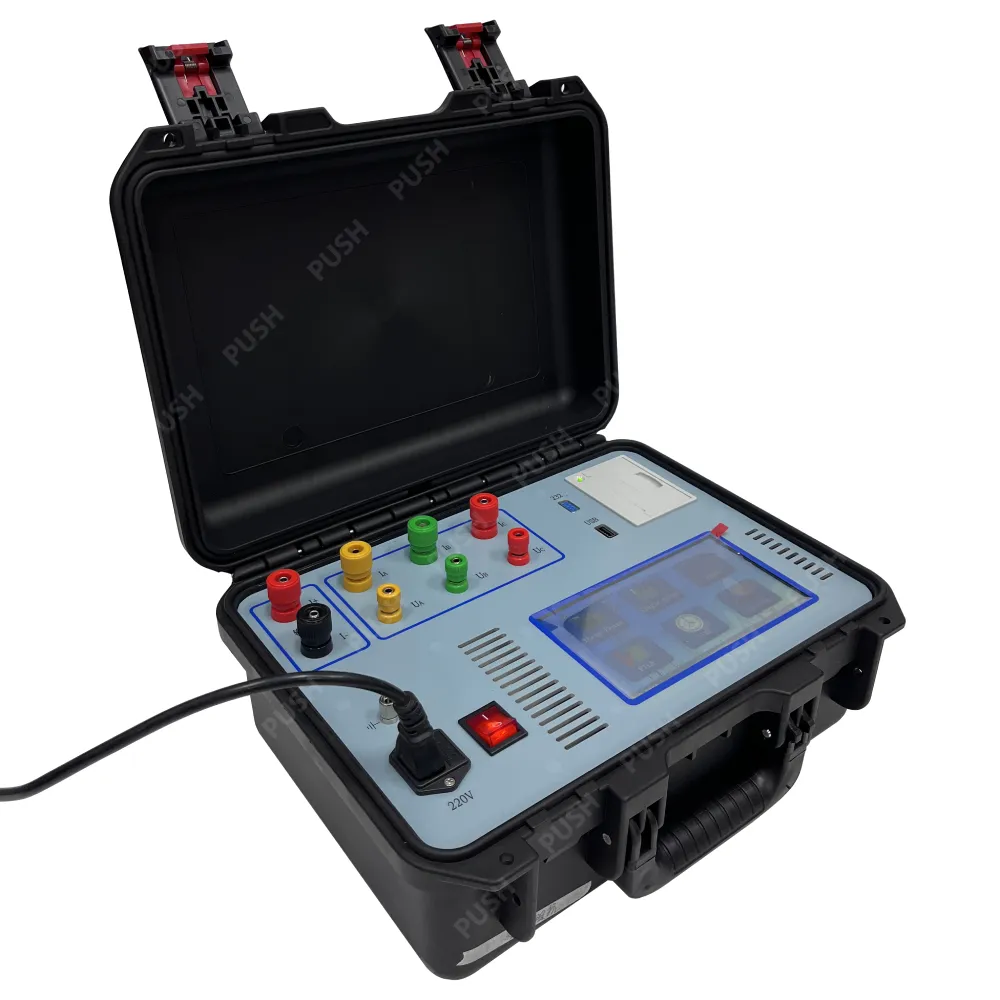 English
English


Tan Delta Testing Methods for Assessing Cable Insulation Quality and Performance
Understanding the Tan Delta Test for Cables
The Tan Delta Test, also known as the Power Factor Test, is an essential diagnostic tool used in the electrical industry to evaluate the insulation condition of high voltage cables. As electrical systems age, insulation materials can degrade due to various factors such as thermal stress, electrical stress, moisture ingress, and environmental influences. The Tan Delta Test serves as a key indicator of insulation quality and helps predict potential failures, thereby ensuring the reliability and safety of electrical installations.
What is the Tan Delta Test?
At its core, the Tan Delta Test measures the dielectric dissipation factor of insulating materials. This factor, referred to as tan δ, is defined as the ratio of the resistive current (loss current) to the capacitive current in an insulating material when subjected to an alternating voltage. Essentially, it reflects how much energy is lost as heat in the insulation when exposed to an electric field. A low tan δ value indicates healthy insulation, while a higher value may suggest degradation or moisture accumulation.
How is the Test Conducted?
Carrying out a Tan Delta Test involves several steps
1. Preparation The cable to be tested is isolated and prepared to ensure that it is clean and free from contamination. Safety precautions must be followed to avoid electric shocks and ensure accurate measurements.
2. Applying Voltage The test is performed by applying a high voltage AC signal to the cable insulation. This voltage is typically set at a level appropriate for the insulation class of the cable.
3. Data Collection During the test, the equipment measures the current flowing through the insulation and the phase angle between the voltage and current. This information is used to calculate the tan δ value.
tan delta test for cables

4. Analysis The results are then compared to predetermined acceptable limits for the specific insulation type. This comparison helps in assessing the condition of the cable's insulation.
Interpreting Tan Delta Results
The results of the Tan Delta Test can provide a wealth of information about the condition of the cable. Normal values for tan δ can vary depending on the type of insulation material and the operating conditions. Generally, a tan δ value below 0.1% is considered healthy, while values above this threshold may indicate insulation problems.
A consistent increase in tan δ readings over time can signal the beginning of insulation breakdown, prompting maintenance work or further investigation. The test is particularly useful for preventative maintenance programs, allowing operators to address issues before they result in catastrophic failures.
Advantages of the Tan Delta Test
One of the primary advantages of the Tan Delta Test is its non-invasive nature. It does not require disconnecting the cable, allowing for testing without disruption to service. This is crucial in high-demand environments where downtime needs to be minimized. Furthermore, the test can be performed on various types of cable installations, including underground, overhead, and subsea cables.
Additionally, the results provide a clear and quantitative measure of insulation performance, making it easier for engineers to make informed decisions regarding maintenance and replacement.
Conclusion
The Tan Delta Test for cables is a vital procedure in the maintenance and management of electrical networks. By understanding the insulation condition through tan δ measurements, utilities and electrical engineers can implement better maintenance strategies, minimize the risk of failures, and prolong the lifespan of electrical infrastructure. Regular testing, combined with other diagnostic methods, forms a comprehensive approach to ensuring the reliability and safety of electrical systems. As technology advances, the integration of Tan Delta testing with smart monitoring systems can enhance predictive maintenance, further securing the integrity of our electrical networks.
-
Differences between open cup flash point tester and closed cup flash point testerNewsOct.31,2024
-
The Reliable Load Tap ChangerNewsOct.23,2024
-
The Essential Guide to Hipot TestersNewsOct.23,2024
-
The Digital Insulation TesterNewsOct.23,2024
-
The Best Earth Loop Impedance Tester for SaleNewsOct.23,2024
-
Tan Delta Tester--The Essential Tool for Electrical Insulation TestingNewsOct.23,2024





